Emboldened by my success shooting a roll of film a half century past its expiration date, I decided to venture back into the world of expired film with another, even older roll. This time around, I was shooting a roll of Kodak Verichrome Pan 120 film (black and white) that was clearly labeled, “Develop Before 1960.” By far the oldest film I’ve ever shot.
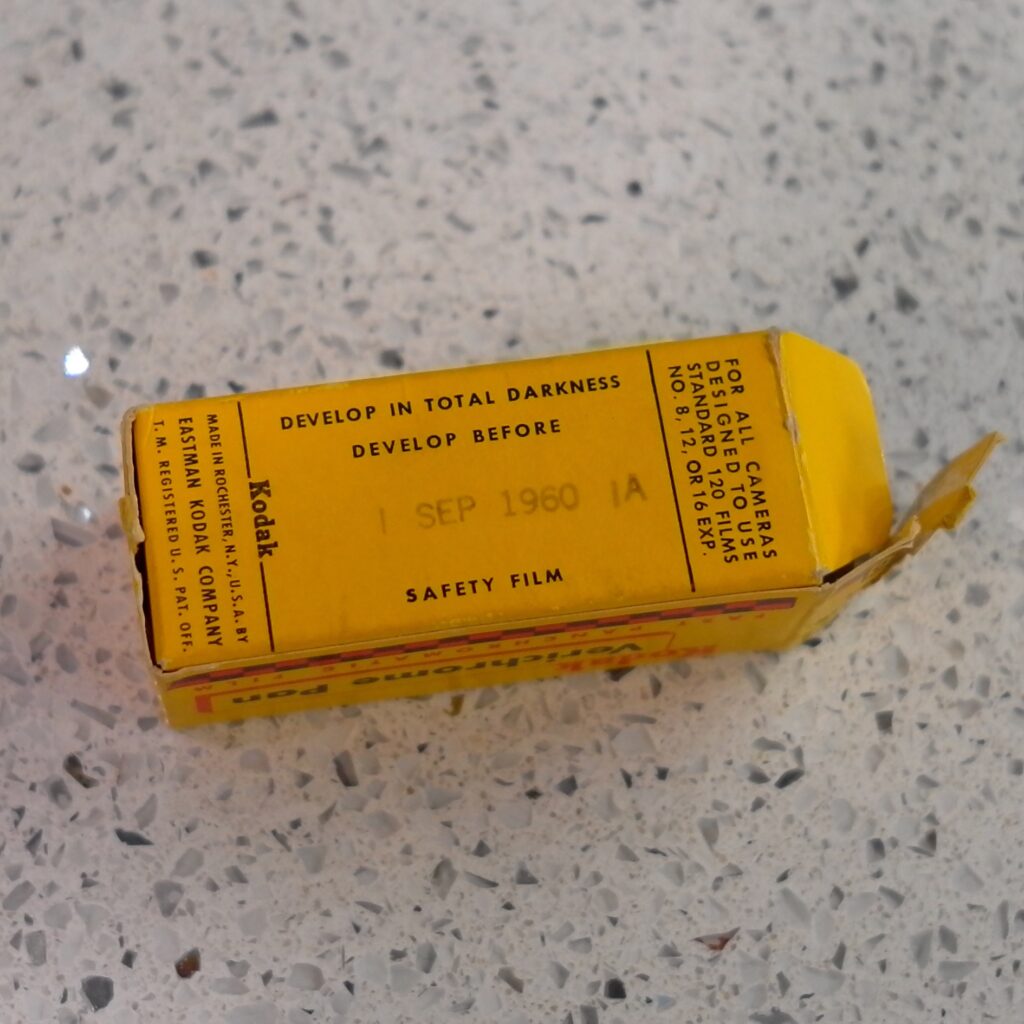
In fact, this roll was thrown in for free by the eBay seller with two other rolls of expired film. It wasn’t just expired–the box had been opened and the foil wrapping had been torn open. The paper strip that kept the film from unspooling was gone, replaced by a rubber band. The seller said he had no idea whether the film had been shot, and of course he also didn’t know how it had been stored for the past 64 years. Sounded fun to me.
Kodak’s Verichrome Pan film was released in 1956, aimed at amateur photographers who were mostly using simple box cameras. It has an ISO of 125 which, interestingly, is not listed anywhere on the film or the box of the roll I shot. The start of the paper backing did have a helpful list of suggested shutter speeds and apertures for various lighting conditions, but it’s likely that most early Verichrome Pan users just loaded it into their Kodak Brownie and went out into the world without thinking at all about such stuff.
As I did with my earlier exploration of 1976 film, I loaded the Verichrome Pan in my Lomo LCA-120, a zone-focusing medium format camera with auto exposure that is my go-to for quick, fun snapping. It has a nice, wide angle lens, it’s light, and it’s very easy to shoot.
It was at the winding-to-the-first-shot step that I had a hint that something might be amiss. On the way from zero to one, something seemed to bind in the camera and the winding knob became a little harder to turn. Undeterred, I twisted a little harder (taking care not to damage the camera) and after a moment the winding proceeded normally.
It wasn’t until I finished the roll and opened the camera that I discovered what had happened: The strip of paper tape that hold the start of the film to the paper backing (if you’ve ever shot/processed 120 film, you know what I’m talking about) had become brittle and non-adhesive over the past 60-plus years. That piece of tape, which was now free to wander about inside the camera, decided to jam itself at the side of film mask, where it turned what should have been square negatives into something closer to 4:3 vertical shots. The images below, therefore, were cropped in-camera by an errant piece of dried-up paper tape.
When I processed and scanned the film (once again using Film Photography Project’s “Super Monobath” for ten minutes, and scanning on an Epson Perfection V550), I was very pleased. One of the limitations of the LCA-120 is that the built-in meter has settings only as low as ISO 100, which means that I was shooting very old film at more or less box speed. Unable to overexpose the film, I stuck with brightly lit, contrasty subjects. The results speak for themselves: nice contrast, a fair amount of latitude, and relatively fine grain. For a roll of film almost as old as I am, and which apparently had led a less-than-sheltered life that included someone actually opening the package and then deciding to put it back in the box, it performed well.
I was pleased with the results, and happy to finally help this little roll of orphan film finally fulfill its mission of being exposed to light and creating images. Here’s a selection of what it gave in return for my efforts:
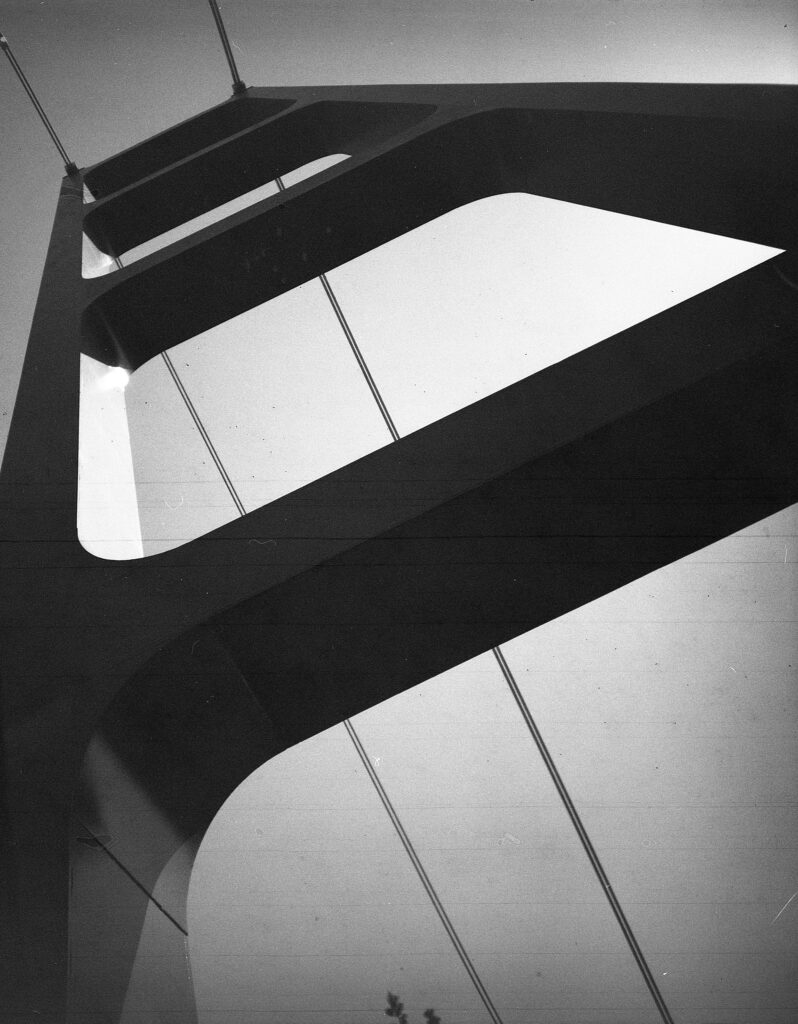
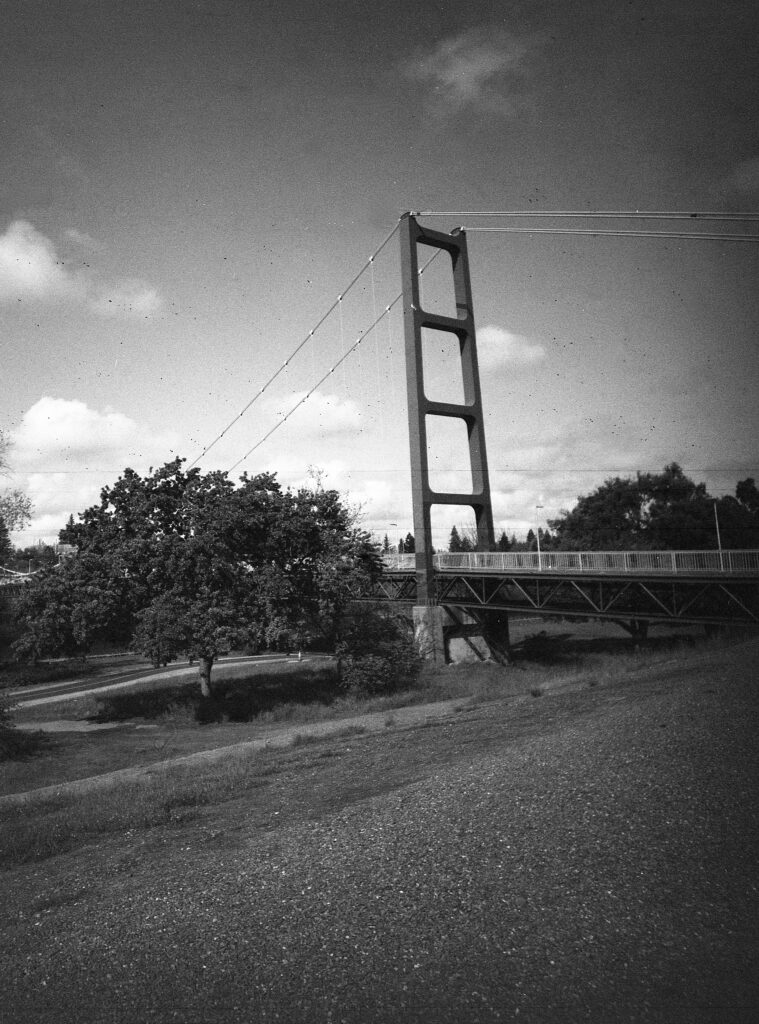
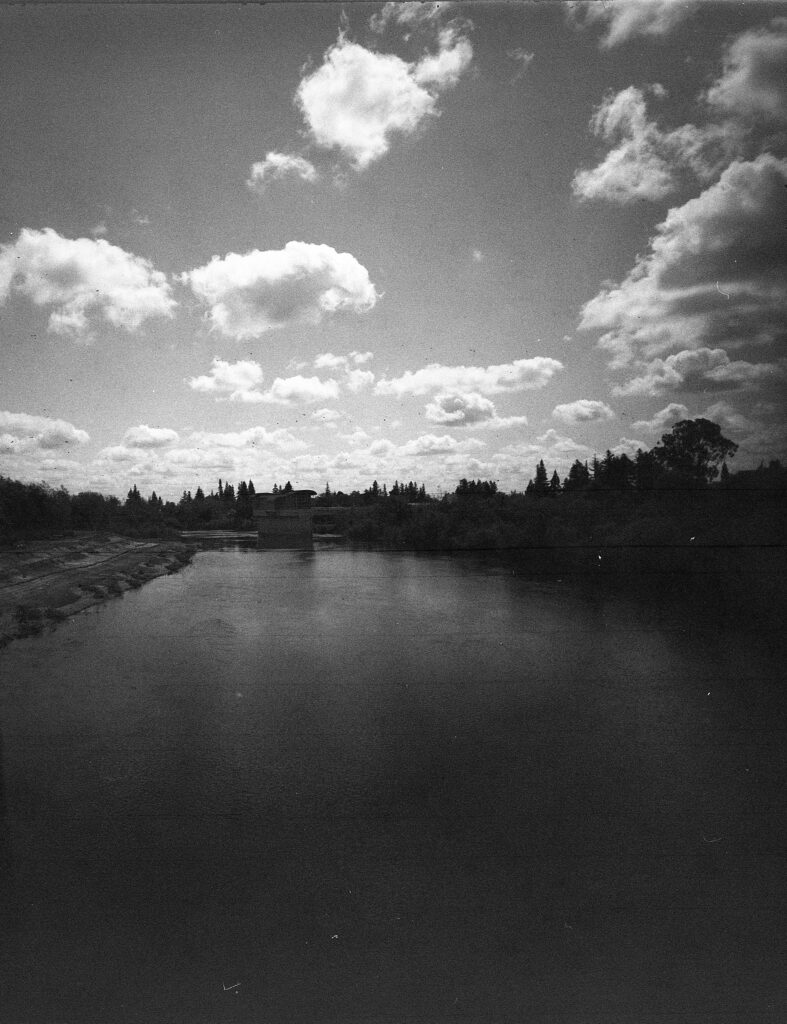
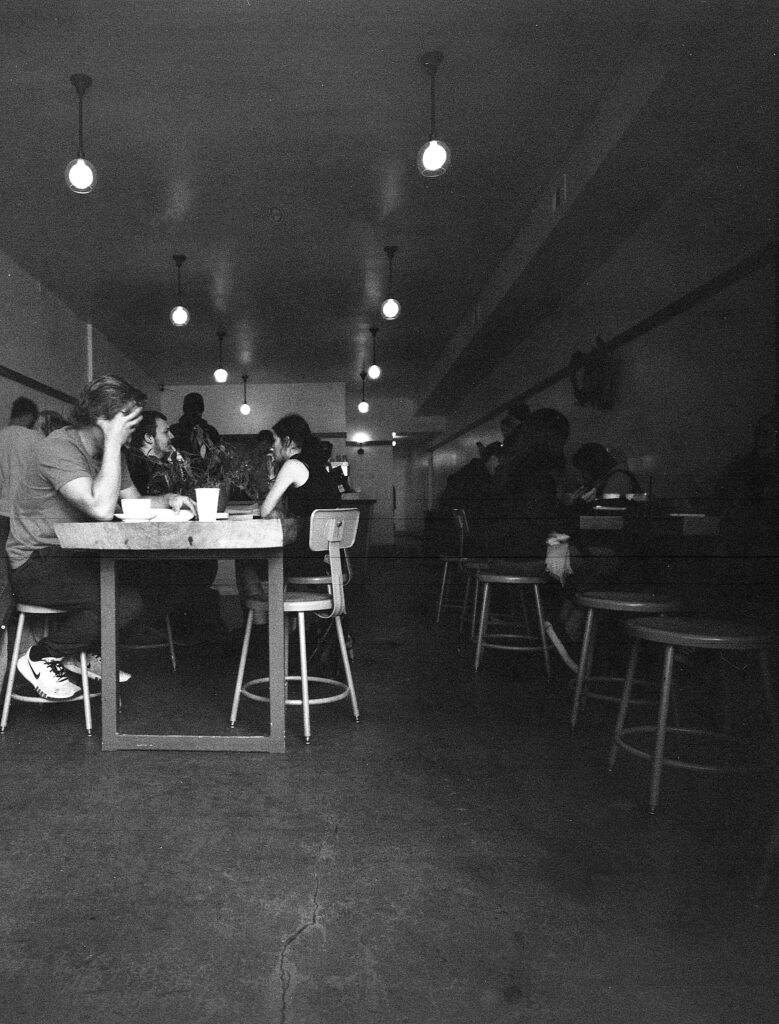
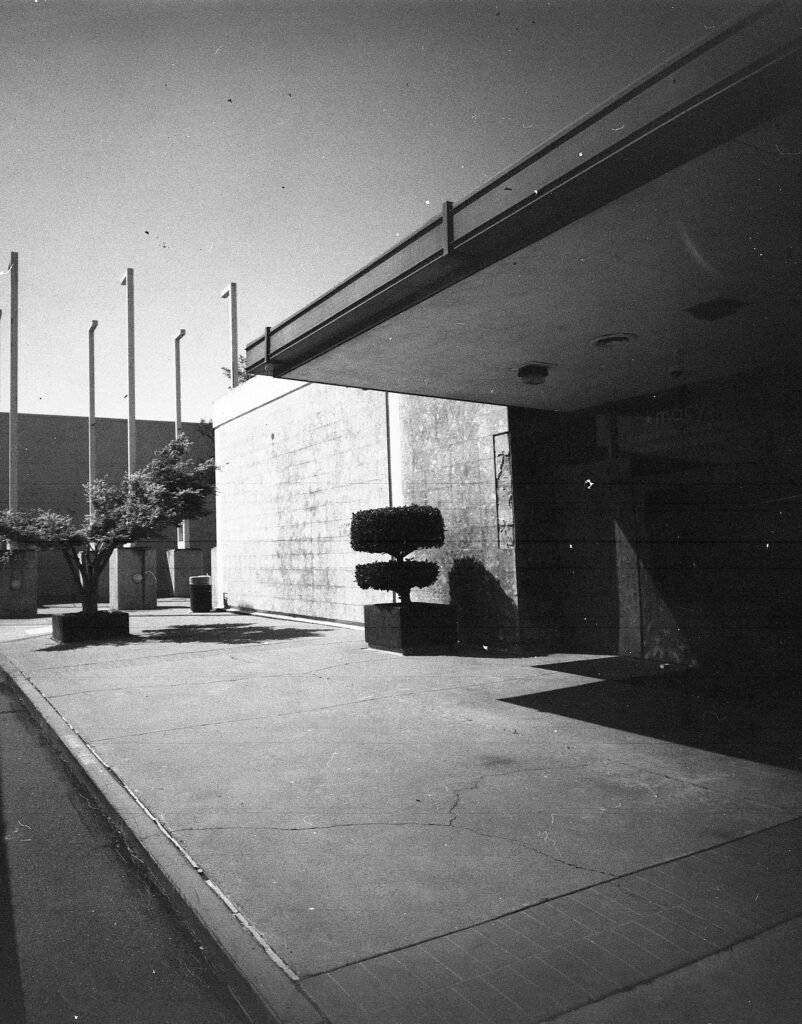
Are there some minor problems with the negatives? Of course there are. There are horizontal scratches which I assume were caused by that piece of dry, brittle tape and some minor spotting here and there. On the whole, however, a very successful journey into the past.
Next up: An even older roll of Verichrome Pan from 1957! I’ll report back on how that goes.
See my other photographic experiments and attempts on Instagram: www.instagram.com/campyonlyguy
Share this post:
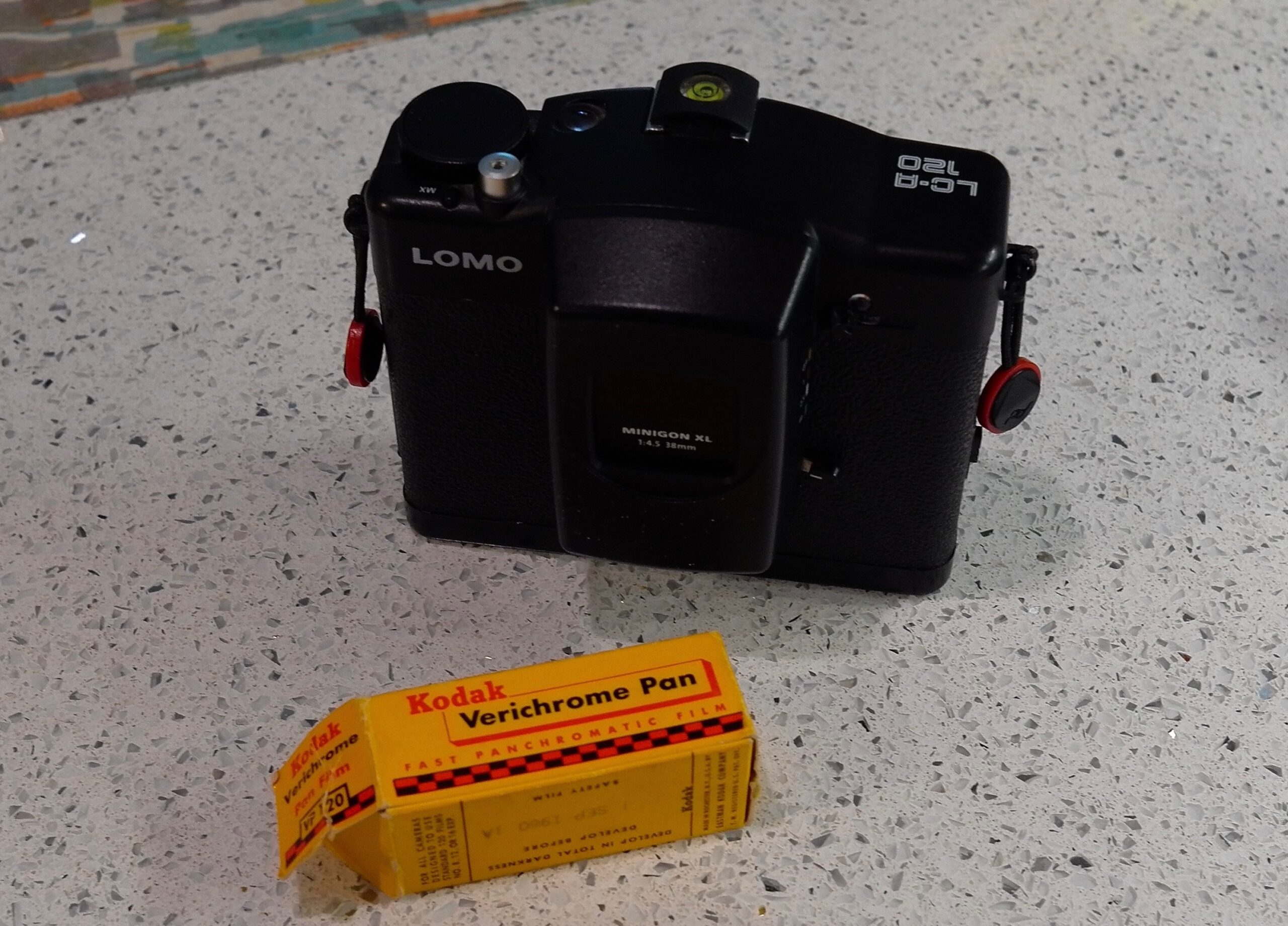
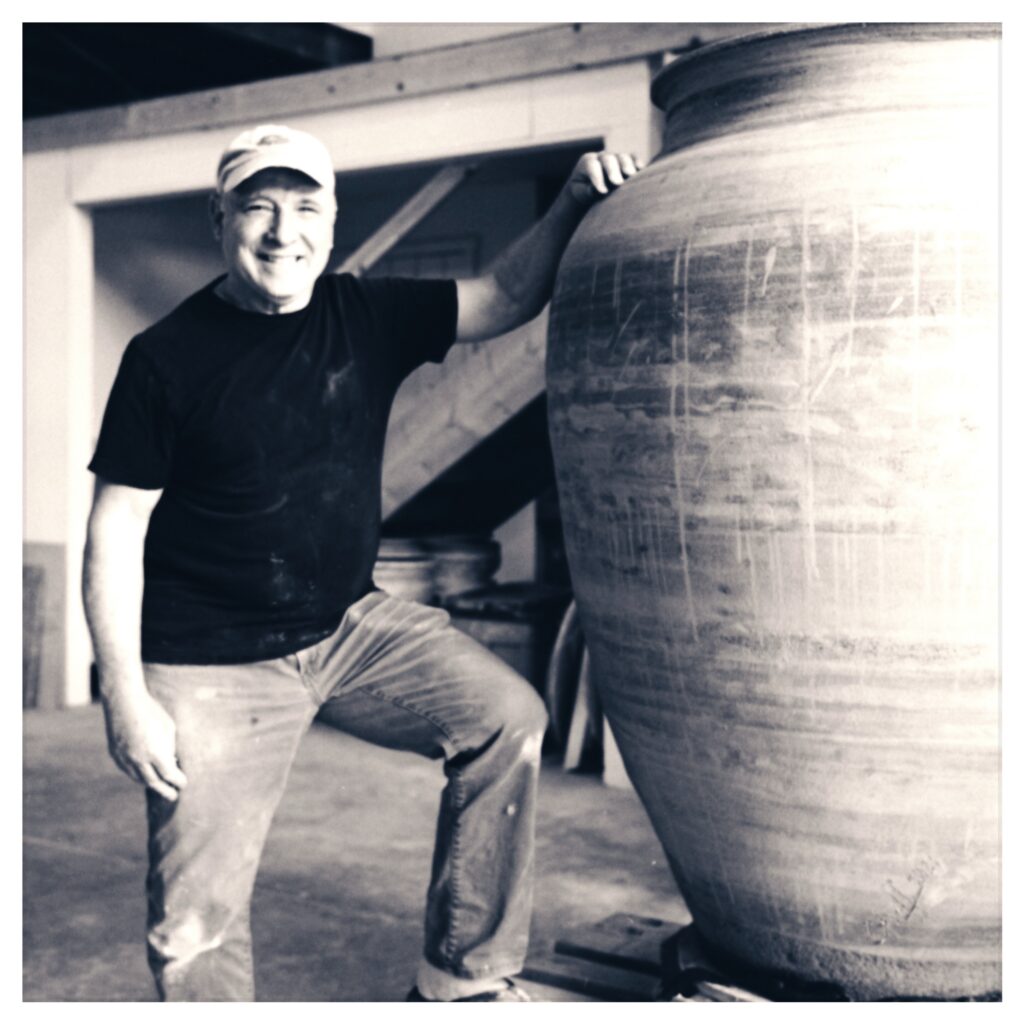
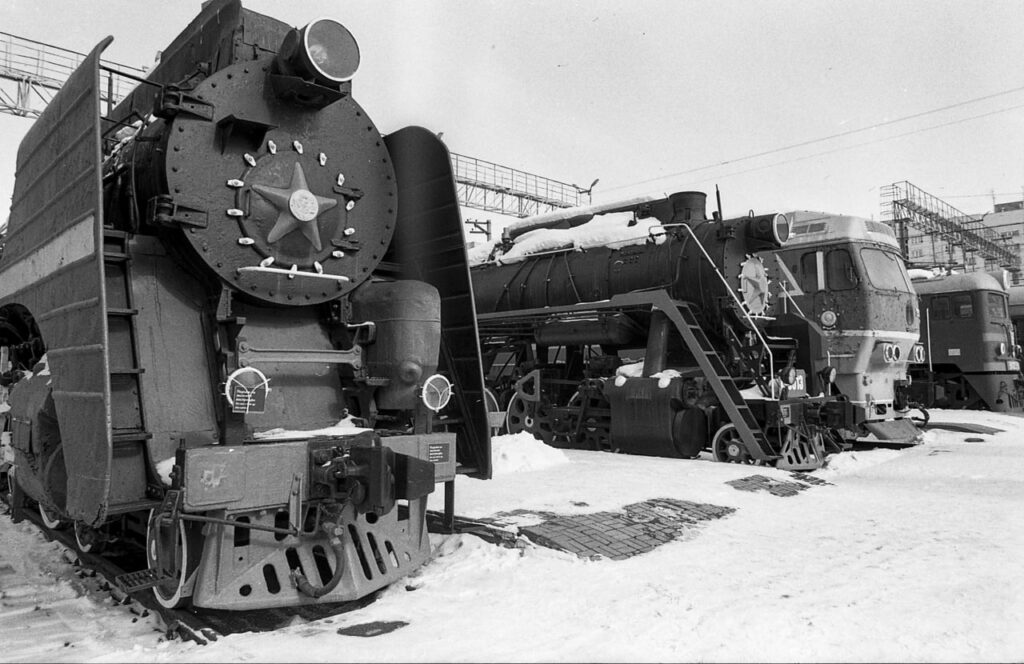
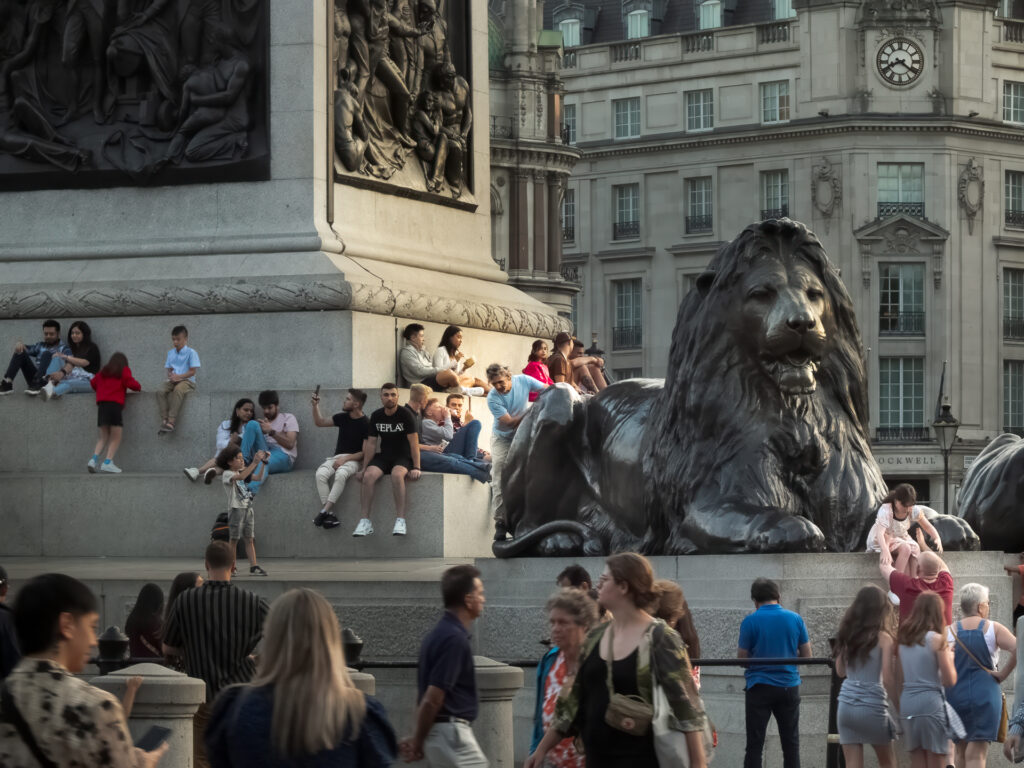
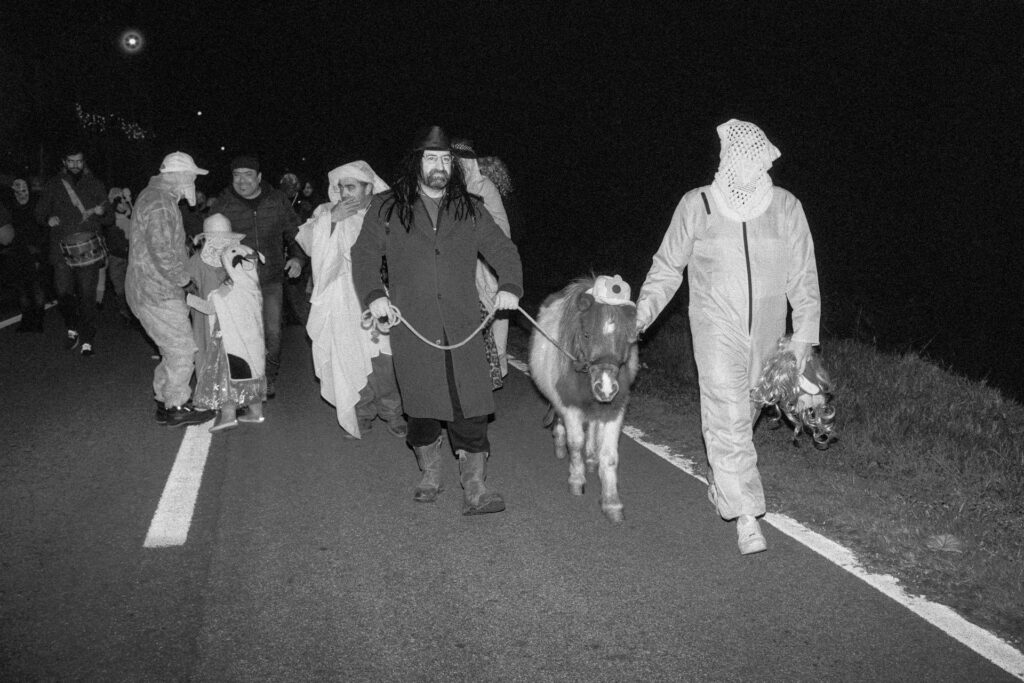




Comments
Jeffery Luhn on Into the Wayback Machine – More Adventures with Severly Expired Film
Comment posted: 28/05/2024
That question held more weight when film was cheap. Film is not cheap anymore. Just yesterday I ordered a 100 sheet box of 'cold stored' 4x5 film at about 30% of the new price. I hope my results are as good as yours. I think you got lucky with that roll of Verichrome Pan. As long as there's enough to do some tests, shooting expired stock seems justified. What are you hoping to get from single rolls of long expired film that newly expired film won't deliver?
Comment posted: 28/05/2024
Huss on Into the Wayback Machine – More Adventures with Severly Expired Film
Comment posted: 28/05/2024
James on Into the Wayback Machine – More Adventures with Severly Expired Film
Comment posted: 28/05/2024
You have also inspired me to finally pull the trigger on a roll of black and white 620, expired sometime in 1962. My old, trusty Brownie awaits patiently!
David Hume on Into the Wayback Machine – More Adventures with Severly Expired Film
Comment posted: 29/05/2024
Richard Moore on Into the Wayback Machine – More Adventures with Severly Expired Film
Comment posted: 29/05/2024
Steve h on Into the Wayback Machine – More Adventures with Severly Expired Film
Comment posted: 29/05/2024
Ibraar Hussain on Into the Wayback Machine – More Adventures with Severly Expired Film
Comment posted: 30/05/2024
Really like the dark beautiful moody tones
Paul H Trantow on Into the Wayback Machine – More Adventures with Severly Expired Film
Comment posted: 30/05/2024
Jay Dann Walker on Into the Wayback Machine – More Adventures with Severly Expired Film
Comment posted: 14/06/2024
I too am not at all surprised at the images you got out of it. Sheer luck, yes. But also a testimony of how good that film was.
In my day (I used my first roll of it in 1961, and my last roll in the early 1990s) we developed it in Kodak DK60a, which was a pro photofinisher standard film soup of its time, virtually guaranteed to give you an image on anything you put into the developing tank. Next to Dektol which I also used for film in the late '60s when I was a reporter for newspapers in eastern Canada, it never failed to give you something you could print.
Plus-X and of course Tri-X had their cult following, but for me Verichrome did the job until I progressed from a Yashica D TLR to a Rolleiflex in 1966 and started playing with a number of fancier emulsions, including the aforementioned two by Kodak which IRRC cost a whopping 99 Canadian cents for a 120 roll. Long gone are those days, Plus-X is now a memory, Verichrome has its place in camera museums and we are all fast moving to the digital world.
Yet I do wonder if my Nikon D700 and D800 images will survive as long as the several hundred B&W negatives I've kept for 60+ years in my photo archives...
Overall, an excellent article with surprisingly, okay, amazingly good images. Looking forward to your next story of shooting that 1957 roll.
Best, DANN